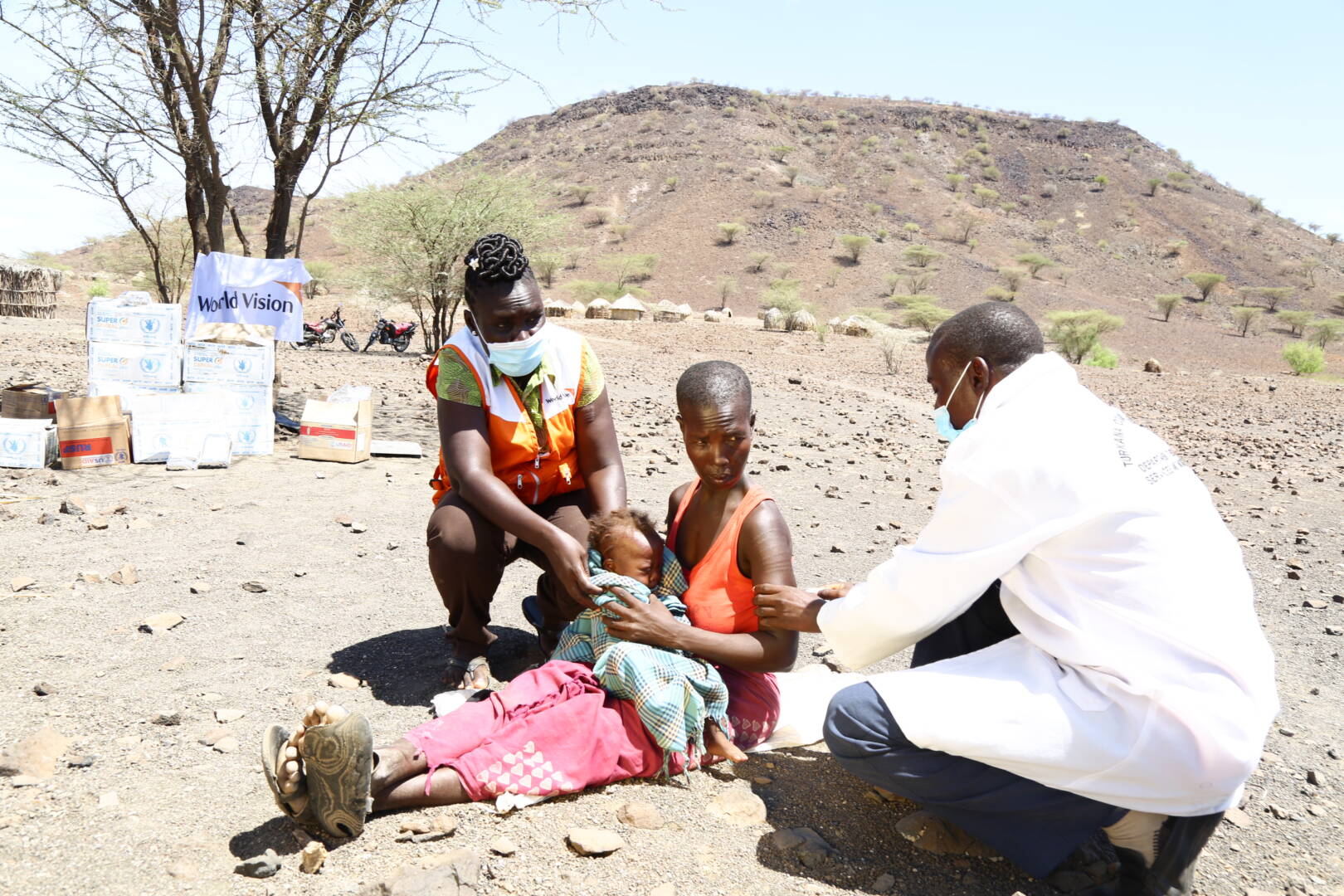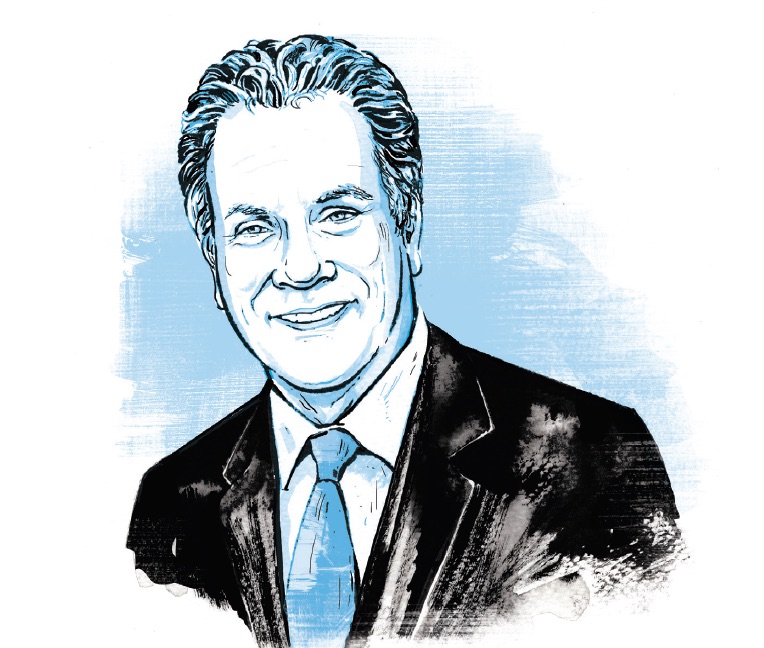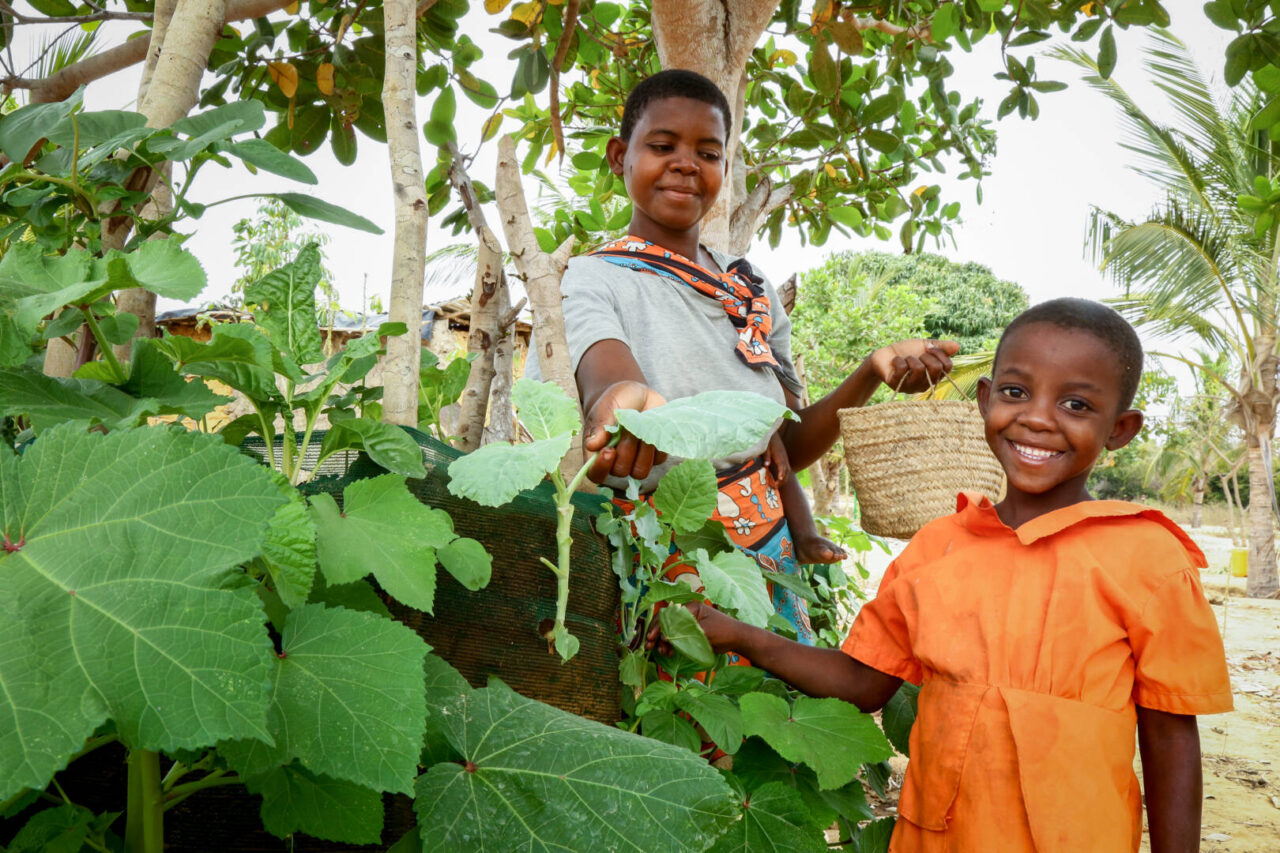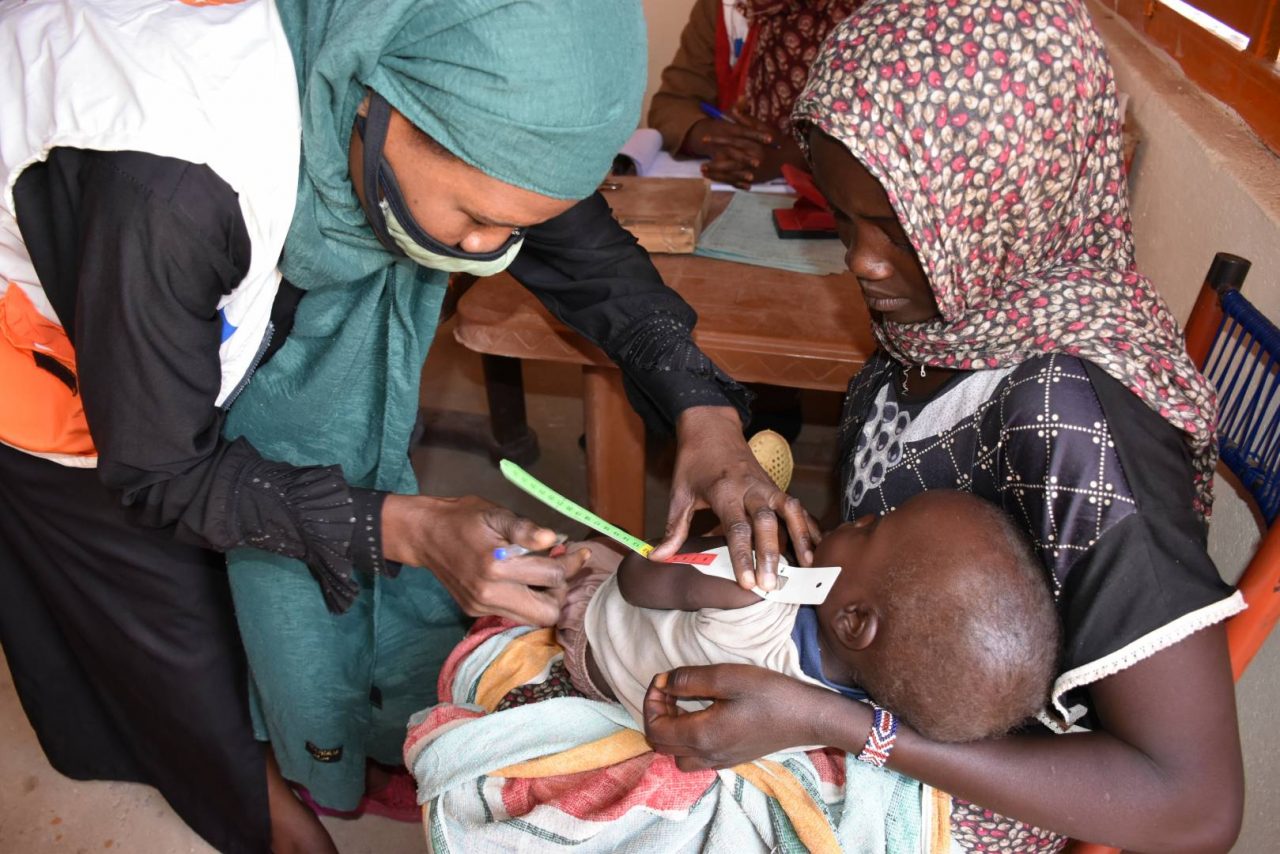A fight against the spread of hunger is underway across East Africa, where 32.9 million people are experiencing a complex hunger crisis driven by conflict, the economic impacts of the global pandemic, swarms of desert locusts, and extreme weather conditions.
According to the United Nations, at least 5.3 million people in Ethiopia, South Sudan, and Sudan are living under “emergency” conditions, with the threat of acute malnutrition and death. In South Sudan, 105,000 are living under “catastrophic” levels of food insecurity.
By air, land, and sea, World Vision teams are delivering emergency food supplies across the region—an area so vast it equates to more than half the size of the United States—in a race to feed hungry families living in some of the most dangerous and isolated places on earth.
“We are marshaling resources to support vulnerable communities across East Africa to avert the catastrophic effects of hunger and loss of livelihoods,” says Joseph Kamara, regional humanitarian and emergency affairs director for World Vision in East Africa. “We are particularly concerned about the impact on children.
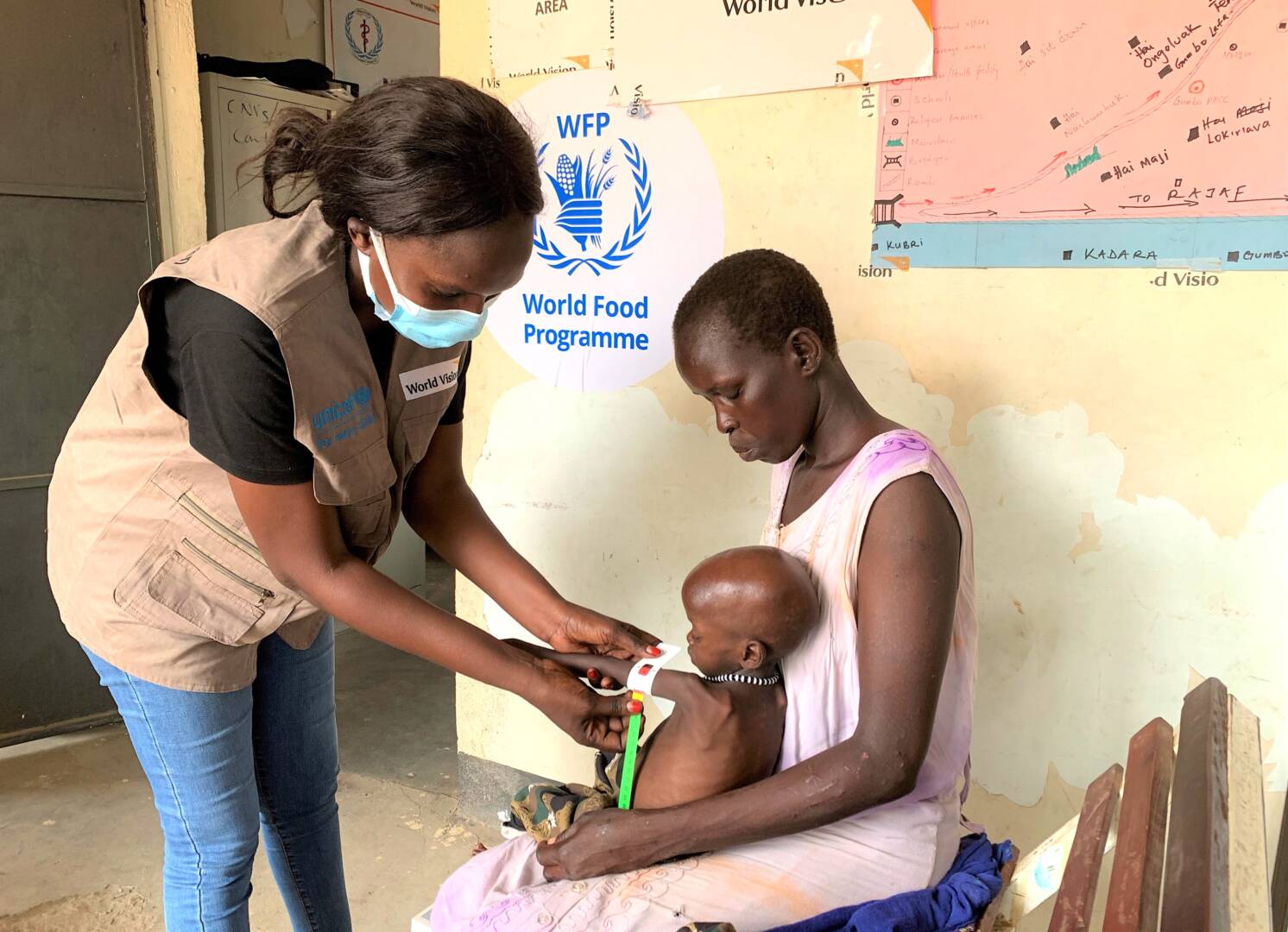
The hunger crisis has exacted a heavy toll on the region’s youngest. Over 10 million children in East Africa are wasted, meaning they’re too thin for their height. Among them is 2-year-old Ocan of South Sudan, whose life has hung in the balance more than once.
“It has been a year and my child still suffers from malnutrition due to the dire situation caused by poverty, the COVID-19 pandemic, and now the hunger crisis,” says his mother, Elizabeth. “My [two other] children succumbed to anemia last year. One was twin brother to Ocan, who is now 2 years [old]but can barely walk due to poor health.”
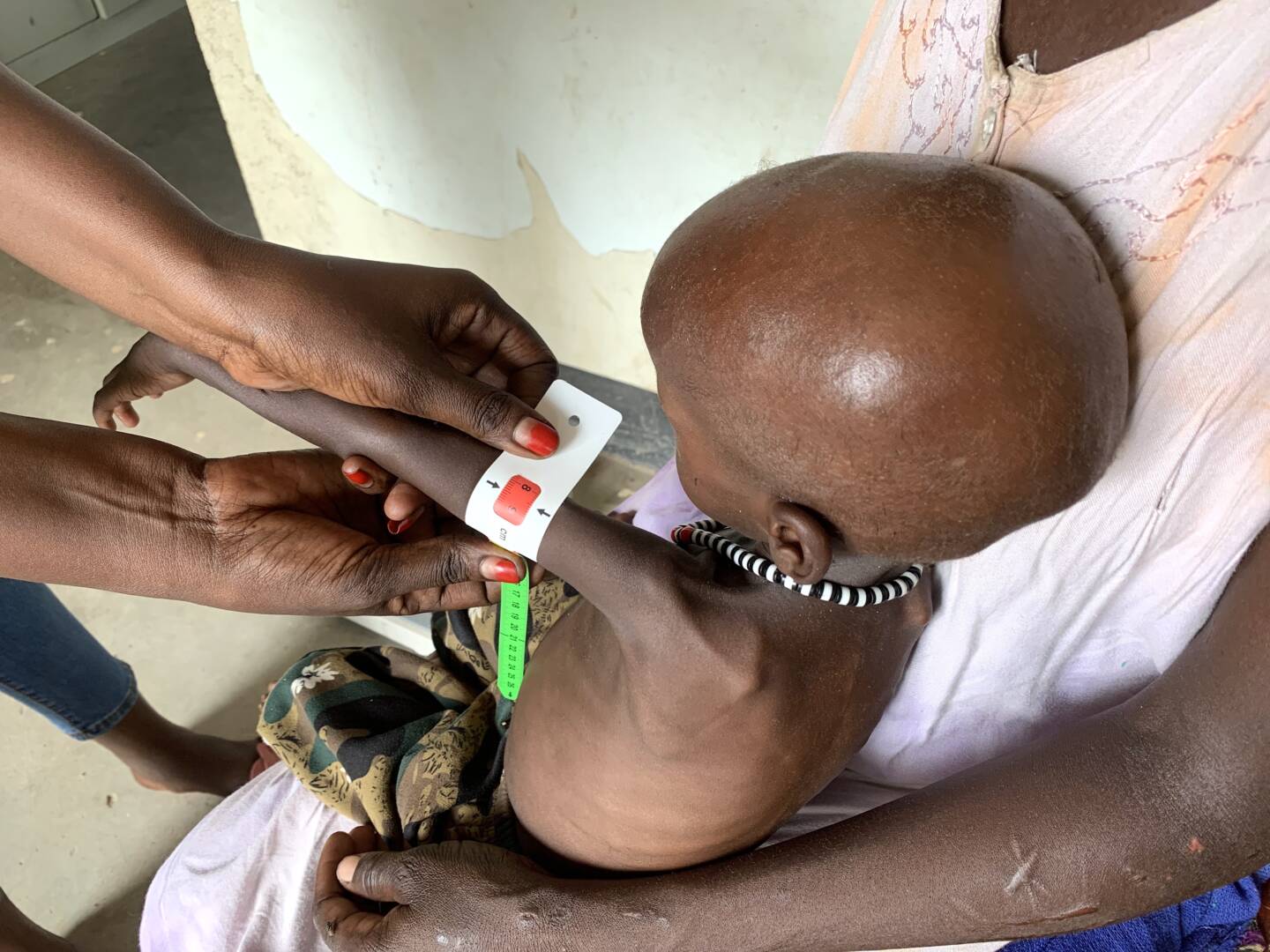
After receiving nutritional care from World Vision, Ocan started his recovery. “Two weeks ago, Ocan’s condition was upgraded. My son moved from severe to moderately malnourished,” Elizabeth says. “The [therapeutic food] is doing great work in his body. He was able to play with his friends.”
World Vision is already at work in East Africa and has decades of experience helping hungry children in crisis.
“It’s heartbreaking that the lives of millions of children in East Africa are at risk due to a perfect storm of conflict, changing or unpredictable weather patterns, and the secondary effects of COVID-19,” says Edgar Sandoval Sr., president and CEO of World Vision U.S. “The long-term harm of malnutrition on children’s development hinders their ability to achieve their God-given potential.”
We’ve launched an emergency response to help feed 7.1 million people, including 3.4 million children, across six affected countries—supplying families with nutritional care and screening children and pregnant mothers for malnutrition.
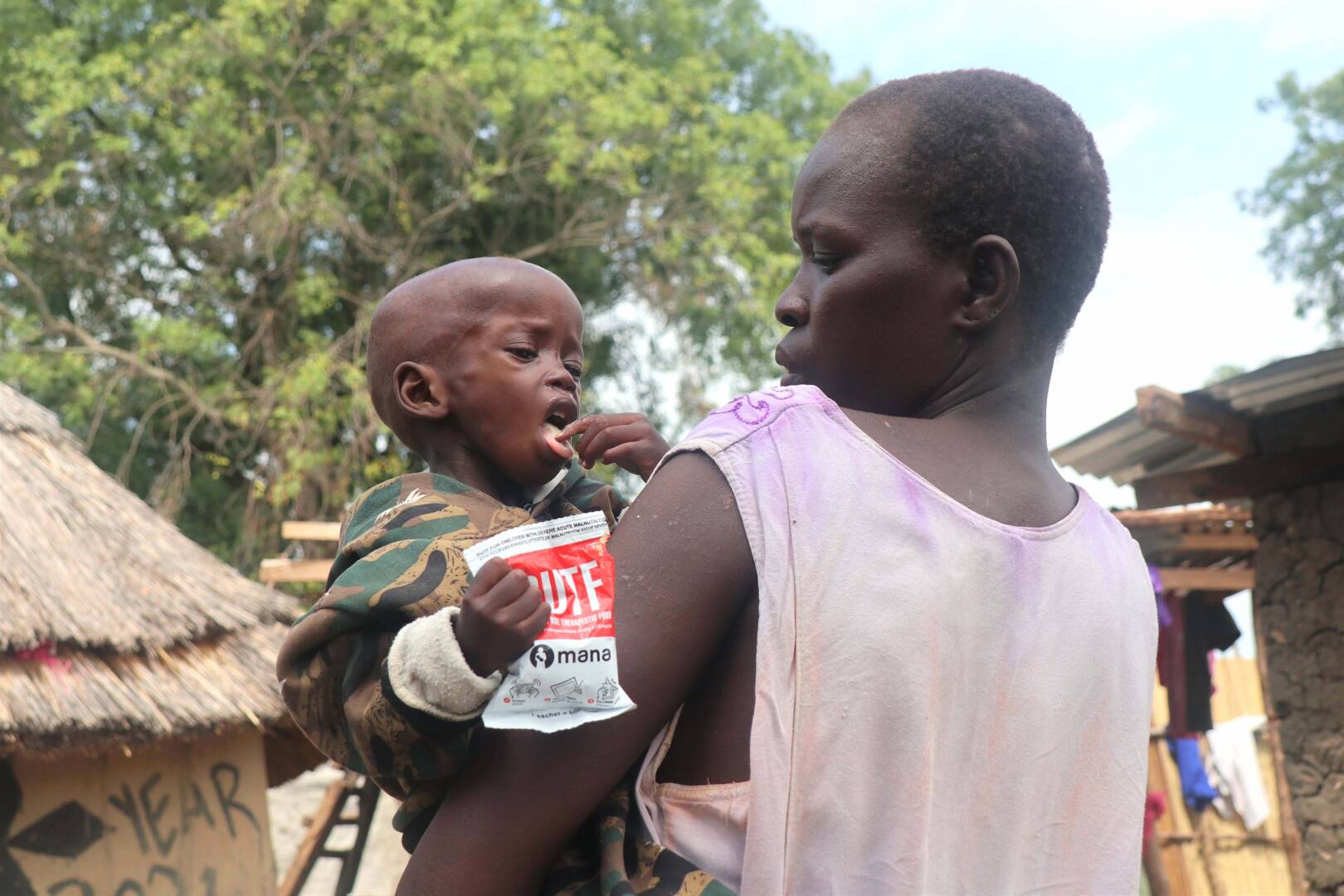
Conflict aggravates hunger crisis
In Ethiopia, a food security analysis issued in July 2021 for the northern region of Tigray and neighboring areas showed that 4.4 million people faced high levels of acute food insecurity, with about 400,000 already facing “catastrophic” conditions.
Even before conflict erupted in this region in November 2020, families struggled with decimated crops, food shortages, inflated food and fuel prices, and an overburdened healthcare system due to recurrent drought, desert locusts, and the spread of COVID-19.
“World Vision Ethiopia asks for your prayers and support at this difficult and challenging time, as we accompany the children of Ethiopia during the crisis,” says National Director Edward Brown.
World Vision is deeply concerned for the safety and well-being of children made extremely vulnerable by recent conflict. So far, we’ve helped over 1.1 million people in Tigray with services such as access to clean water, food, and emergency shelter.
Beginning in 2014, a series of successive droughts in Kenya led to poor crops and harvests. At least 1.9 million people need emergency food supplies. World Vision is responding through food aid, water trucking initiatives, and treatment referrals for women and children facing acute malnutrition, as well as by helping communities grow gardens so they have access to nutrient-rich vegetables.
In South Sudan, World Vision, in partnership with the World Food Programme (WFP), has deployed mobile response teams to reach the hungriest people in the most remote, isolated areas. Traveling by helicopter, mobile response teams register people for food aid and deliver food supplies by road, river, and airdrops.
South Sudan faces “catastrophic” levels of acute hunger, according to the “Hunger Hotspots” report from the WFP and the U.N. Food and Agriculture Organization. Globally, World Vision is the WFP’s largest implementing partner.
“Our farthest work location delivering food supplies to people in need is around three hours by helicopter ride. Some areas are difficult to reach with no cellular networks, passable roads, available markets, and medical facilities,” says Benard Nyataya, food assistance coordinator for World Vision in South Sudan.
Through this partnership, 193,131 displaced people living in 19 different locations across three counties in South Sudan’s most remote corners have received the nutrition supplies they need to survive the lean season.
“I am proud to be a part of a team that is committed to reaching out to the most hurting communities, and suffering in extreme conditions where few would want to go to,” says Bernard.
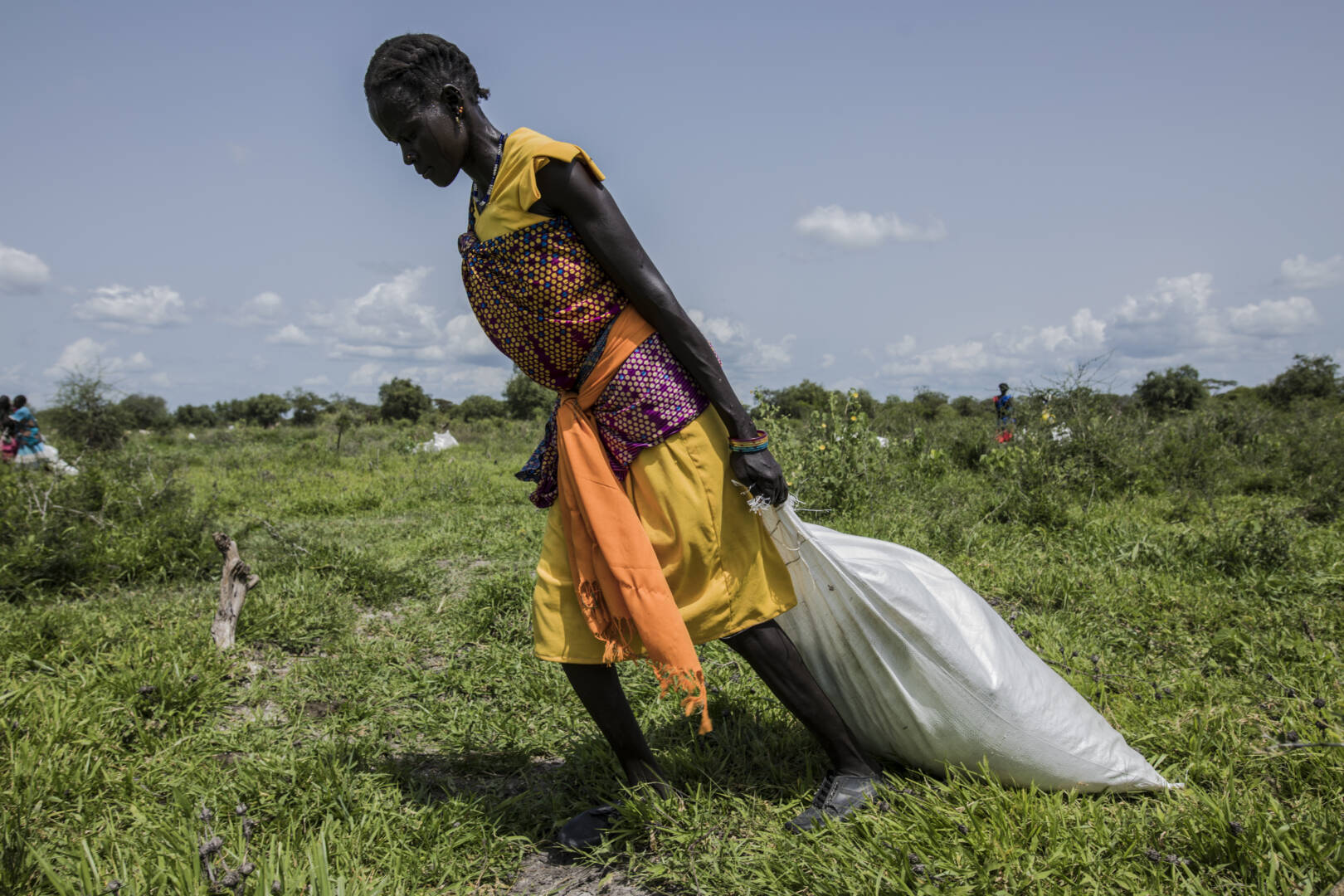
“Everyone is poor and hungry”
In Uganda, hunger is pushing communities to the brink, with rising levels of food insecurity.
“I am hungry. I just want to eat,” says 7-year-old Evelyn, who hasn’t eaten in 20 hours. Sometimes she goes to bed hungry, having not eaten in days.
In her community, many families are being forced to reduce the quantity or quality of their meals—in some cases, both.
“The hunger crisis is widespread, but particularly dangerous for the refugee community who are already battling the effects of COVID-19. Most of them lost their small businesses and all income-generating activities, so, a reduced ration cut could only mean worse,” says Paul Mwirichia, cash and food assistance manager for World Vision in Uganda.
Refugees, the majority from South Sudan, have always had challenges with the amount of food they receive, but the WFP’s 30% ration cut last spring, amid a pandemic, was a devasting blow. With a continued decline in funding, the WFP announced further cuts in February 2021. Currently, refugees have to make do with only 60% of a full ration.
Evelyn’s father, James, used to earn wages by digging. New opportunities for labor are now hard to come by. Before the pandemic, he could earn 10,000 Ugandan shillings a day (US$3), enough to buy food for a few days.
“It is sad to see that as a man I cannot provide for my family,” James says. “The situation wasn’t this bad before. … But now, everyone is poor and hungry.”
Pastor Isaac Badai, a local church leader, is doing his best to follow Jesus’ words in Matthew 25: “I was hungry and you gave me something to eat”—offering help to James’ family and others as he’s able, on his meager income.
“So many people come to me asking for [something] to eat,” he says. “I mostly help those that are in much need like the elderly and widows who [cannot] feed their children. Many people now eat once a day, while others go for days without food.”
Pastor Isaac hopes that one day his community can gather around a table where everyone has enough food to eat.
“We understand that most of the people who support us were also affected by the pandemic, but we appeal to them not to get tired of helping refugees; God will reward them,” he says.
Aggrey Nyondwa Kikobera of World Vision’s Uganda staff and Scovia Faida Charles of our South Sudan staff contributed to this report.
